I have a custom button that I have the below JavaScript attached to that opens an entity form and I am trying to pass viewName to it.
function sendContextToQC(selectedControl) {
var entityFormOptions = {};
entityFormOptions["entityName"] = "new_qrecipemasteritem";
entityFormOptions["useQuickCreateForm"] = true;
var currentView = selectedControl.getViewSelector().getCurrentView().name;
var formParameters = {};
formParameters["viewName"] = currentView
Xrm.Navigation.openForm(entityFormOptions, formParameters).then(
function (success) {
console.log(success);
},
function (error) {
console.log(error);
});
}
The form opens fine and I have the "Pass Execution Context as first parameter" checked, but I don't know how to access the formparameters object. Is it part of the executionContext? I even tried adding another parameter (formParameters), but that didn't work either.
